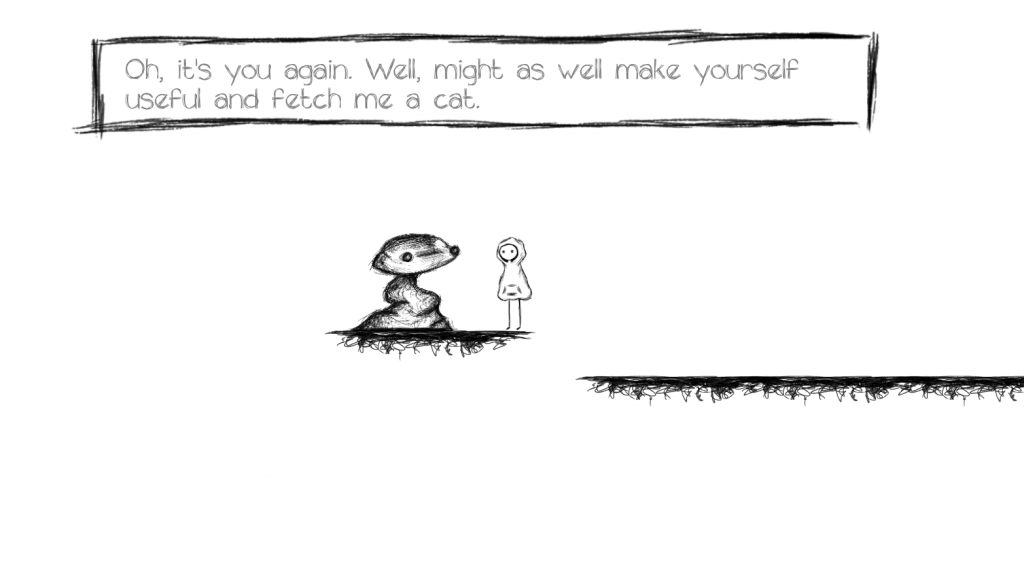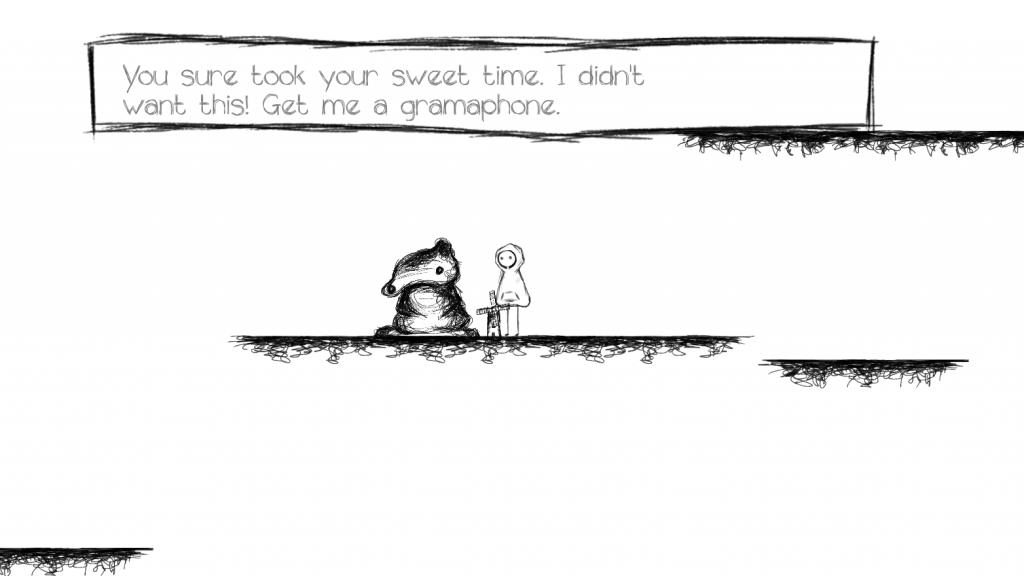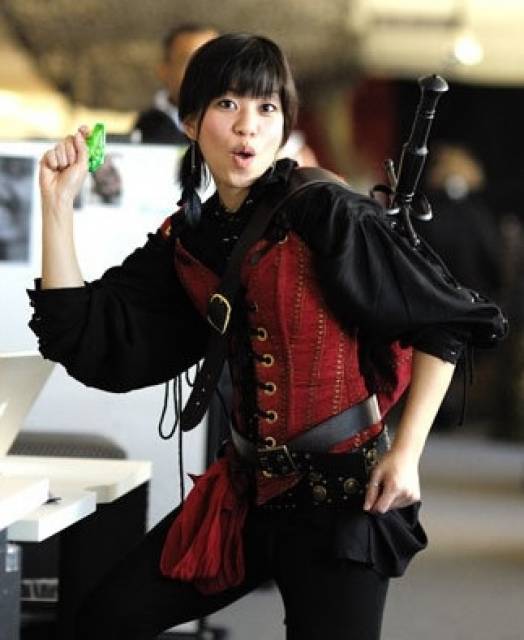Re-shot video so its not vertical.
http://youtu.be/5zIuJXy08e0
Old vertical video (what was I thinking???? but a more interesting round, oh well.)
http://youtu.be/125PDrgZViQ
For this assignment, I played several games of Magic: The Gathering, with the modification that all cards are played face down, and card names aren’t “announced” as they are played. The videos above include some highlights from two of the games played.
For those who haven’t played Magic, it is a trading card game in which two or more players take turns drawing cards from their deck, playing cards on the battlefield, and using these played cards to attack/manipulate the other player or the other player’s cards. There are certain “land” cards which must be tapped for “mana” which is used to bring out creature cards, enchantment cards, sorcery cards, and instant cards into play.
Since Magic is a trading card game, of course the cards themselves play a huge role in the gameplay. By playing with the cards facing down, I was experimenting with how playable a trading card game could be if the normally visible cards which are crucial to gameplay, and in fact define the very existence of the game itself, become mysterious and invisible. Additionally, a huge part of Magic gameplay is that there is a lot of talking going on. Players are always announcing what cards they are playing. For example, as a player plays their turn, if they played one “Mountain” land and tapped six lands to bring out a creature onto the battlefield, they would be talking through it as they did it, for example: “Mountain…and I’ll tap for six mana to bring out Moonveil Dragon.” This announcing of what exactly is being played may not be as obvious as the cards themselves, but it is still a crucial part of the whole “ritual” of playing Magic. So by taking the announcing of card names away, it made things a lot more confusing.
Of course it was more difficult to understand what was going on, and it became something like a trust exercise between myself and my friend. For example, when I played an instant card that destroyed one of my friend’s creatures (in the vertical video), he had to trust that that card was actually what I said it was and not something else. And at some points in the game I had no idea what was going on (the end sequence of the vertical video when my friend does some really complicated stuff went completely over my head.) In that regard, this experience brought me back to the time when I was first starting to play Magic and didn’t know what everything did. Often in those early games when I was still a beginner, it felt like I just had to trust what the other person was doing blindly since they knew better than me, and this evoked the same sort of feeling.
At the same time however, I was interested to see that the game was still playable and followed the same pattern as a game would go if we were playing with normal rules. The flow of the game remained largely intact. Even though we weren’t announcing what specific cards we were playing, after playing so many games of Magic it was pretty straightforward to infer what was a creature and what was a land, for example, since lands constantly get “tapped” to bring creatures out into play. It was therefore an interesting experience for me to realize that much of Magic is in the “rituals” that occur while playing, the movement and placement of cards for example, and not in the cards themselves. It felt almost like playing the same game, which was really interesting since it seemed to prove that although Magic is a trading card game, the ritual of gameplay is more important than the cards in defining what can be thought of as a “game of Magic.”
Additionally, I could see how the inclusion of some cards can kind of “cheat” the new rules. For example, at one point (in the vertical video) I had a card out called “Suture Priest” which, whenever a creature enters the battlefield under my opponent’s control, causes that opponent to lose a life. Therefore, in order for this game mechanic to work I was forced to ask my friend whether an unknown card he just put down was a creature or not, so that my creature’s ability could still take affect. Therefore, in this style of play, cards which have abilities like this which can reveal extra information about a player’s mysterious cards suddenly become a lot more valuable to include in decks. A huge part of Magic and trading card games in general is how valuable each card is in terms of its money cost in the real world. So some cards which are not as good or valuable in normal MTG could become extremely useful and valuable in my subverted MTG. It was interesting for me to see that card worth is dependent on gameplay, and changing gameplay mechanics could make shitty cards transform into expensive cards. Therefore, changing the gameplay mechanic affects not only the game world, but the real world too.






